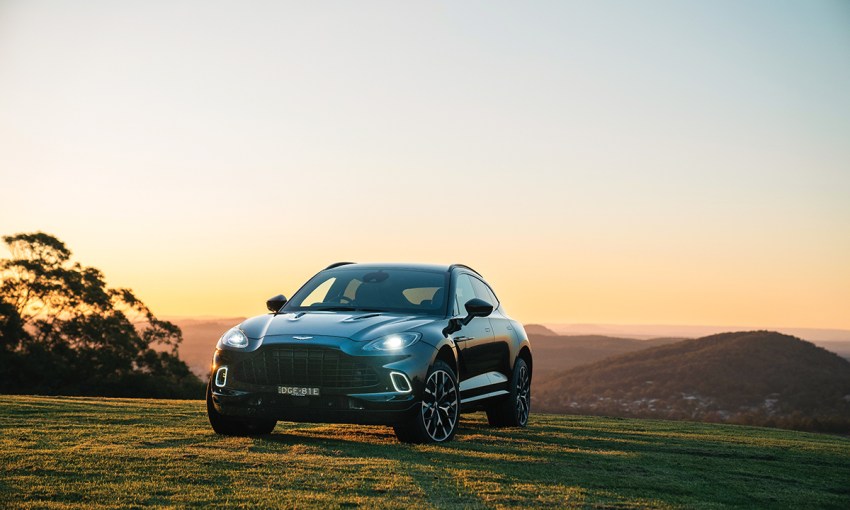Big, beautiful and packed with power, the new Aston Martin DBX is at the apex of its ultra-luxury SUV class.
Aston Martin DBX: Top of the hill
Driving cars quickly up steep and challenging slopes is a long-standing form of motorsport (not recommended on public roads!) and a challenge for both driver and car. One of Australia’s most famous hill climb circuits is Collingrove (owned and operated by the Sporting Car Club of South Australia), seven kilometres south of Angaston. It is 750 metres in length and the finish line is nearly 70 metres higher than the start line.
To the best of our knowledge, nobody has yet named a car after it.
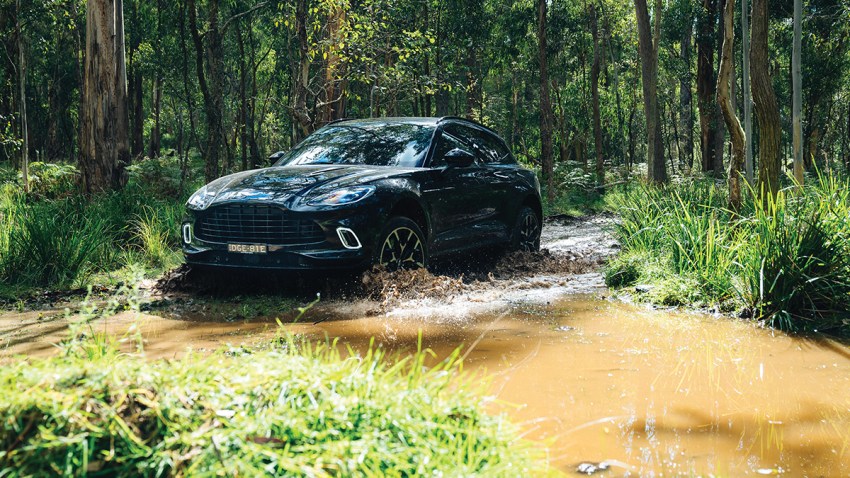
But there is a hill climb in Buckinghamshire in the UK that can claim a famous connection to an iconic brand still in production today. Aston Hill is part of the Lord Rothschild estate and, from 1904 to 1925, a famous motoring venue.
In 1912, two ambitious young men started a car company. It was called Bamford & Martin but Lionel Martin enjoyed demonstrating his skill at the Aston Hill Climb and made his first ascent in April 1914 in a tuned Singer car. When the sporting car club registered a car as an Aston-Martin, a legend was created.
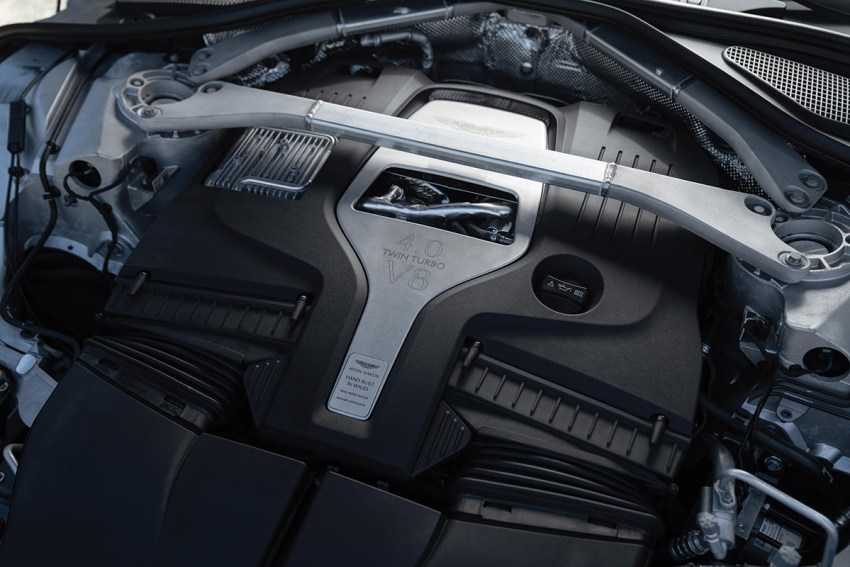
Were they alive today, both Lionel Martin and Robert Bamford would be in awe of the car, bearing the Aston Martin name, that we took to Collingrove for the annual Collingrove Historics.
Today, Aston Martin is famous for its fast, luxurious and expensive touring cars. But, like other companies such as Lamborghini, Bentley, Maserati and even Rolls-Royce, it has bowed to the pressure of demand to create an SUV: the DBX.
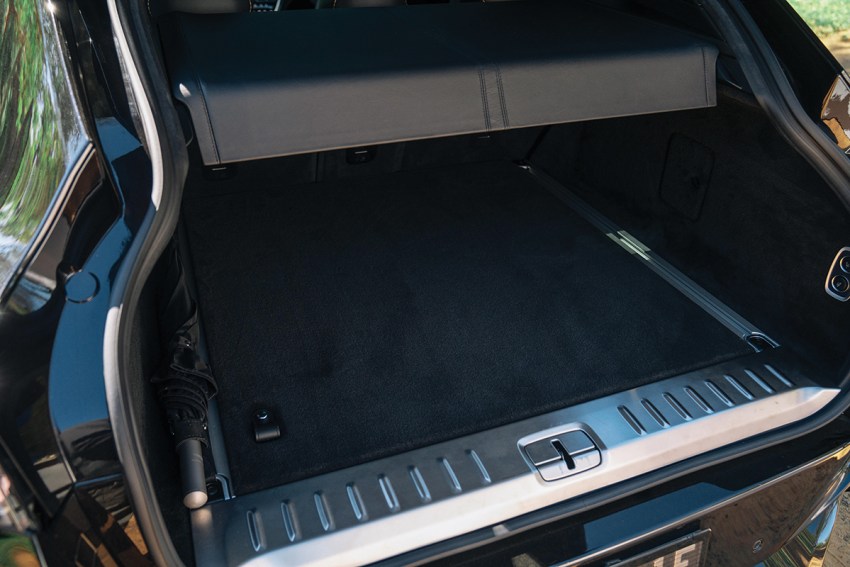
The DBX isn’t built on an existing Aston Martin platform. It has been designed and built from the ground up, although the platform is shared with the Bentley Bentayga and Lamborghini Urus. A large SUV, the DBX disguises its size (it has the longest wheelbase in its class) and picks up styling cues from Aston Martin sports cars. More importantly, and despite its 2245kg kerb weight, it still manages to deliver the driving experience Aston buyers expect.
An integral part of that experience is the beautifully finished cabin. Expensive leather from a famous Scottish tannery adorns every possible surface (even the rear luggage cover), its seductive aroma teasing your nostrils. Wherever you look, the craftsmanship and attention to detail is palpable and exquisite. There are some oddities: there are lots (and lots) of buttons, including a row of them high up on the dash to select gears, and the screen doesn’t respond to human touch; there’s no head-up display; and the seats are heated but not ventilated (unless you pay extra).
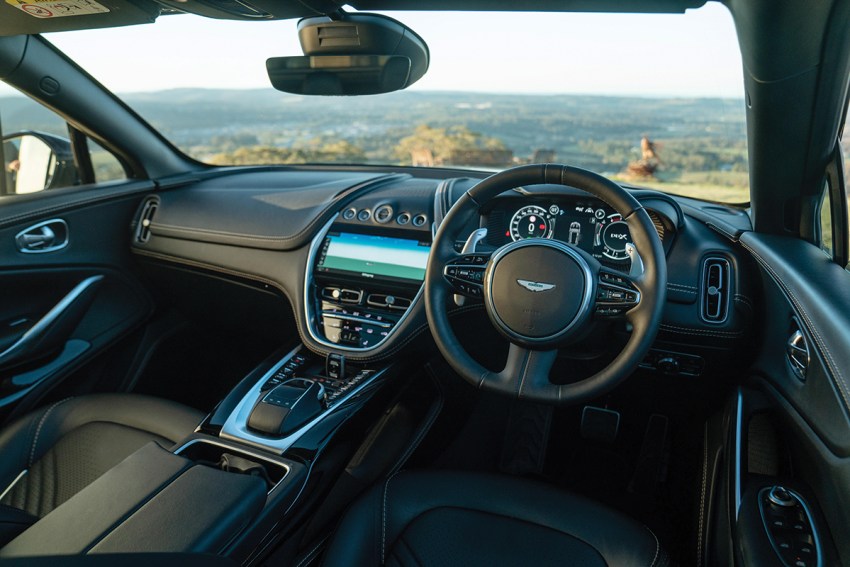
Once you absorb the beautiful details, it’s time to focus on the engine. Under the bonnet is the same 4-litre twin turbo V8 (hand-made in Wales, using a Mercedes-Benz engine block) that powers the Vantage and DB11. The only difference is that in the DBX it puts out even more power and torque. The weight penalty blunts acceleration; the Vantage hits 100km/h in 3.6 seconds while the DBX takes a whole 4.5! Most of the time, the DBX operates in rear-wheel drive while the active centre differential delivers power to where it’s needed most. Despite having two turbochargers, power is instant, with no discernible lag.
With its very impressive performance, the only thing that may dissuade you from using it every day is the thought of some careless motorist damaging it. Mind you, the 12.4m turning circle can be annoying around town, but the big Aston almost immediately feels familiar and unthreatening. Unfortunately, when you hit a pot hole, the suspension sternly conveys its displeasure. Fuel consumption may be an issue too. Officially, the DBX achieves 12.4L/100km (combined); expect more like 15 or 16 and even more if you do a lot of driving around town. Off-road (yes, it really does go off-road!) capability is arguably only limited by the Pirelli P Zero road tyres.
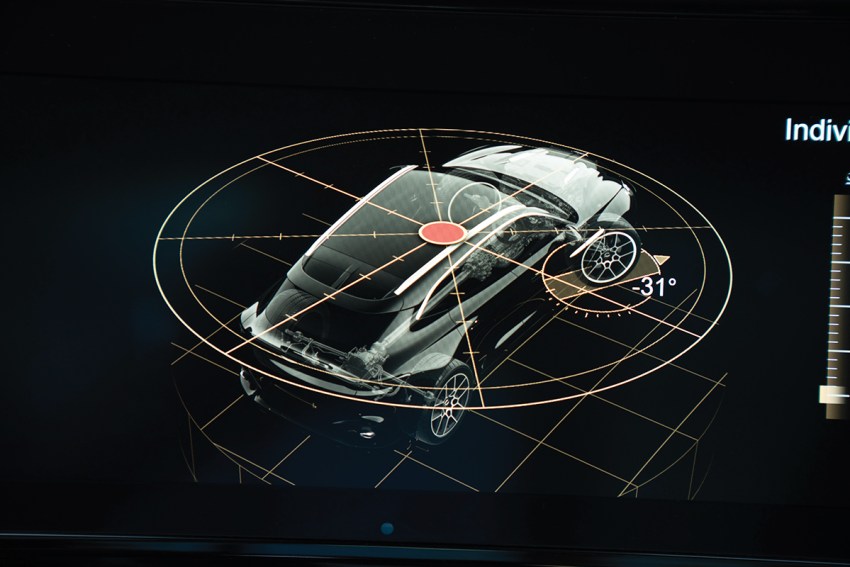
Any vehicle wearing the winged Aston Martin badge – as has always been the case – is far from cheap. Prices start from $357,000 (plus the inevitable on road costs) which puts it in the same playpen as the Bentley, Maserati Levante, Range Rover SV Autobiography and the slightly more expensive Urus. The car we drove came in at an eye-watering $451,528 (admittedly, drive away) when options were factored in, including almost $20,000 for external cosmetics, $1940 for contrast stitching, $3480 for “carpet colour – contemporary” and even $590 for the Aston Martin-branded umbrella.
Fortunately, with the potential to cause some very expensive damage, it was always our plan to take the car to Collingrove Hill Climb, not up it. But we have a sneaking suspicion the Aston Martin DBX would have posted a very impressive time.
This story first appeared in the December 2021 issue of SALIFE magazine.



